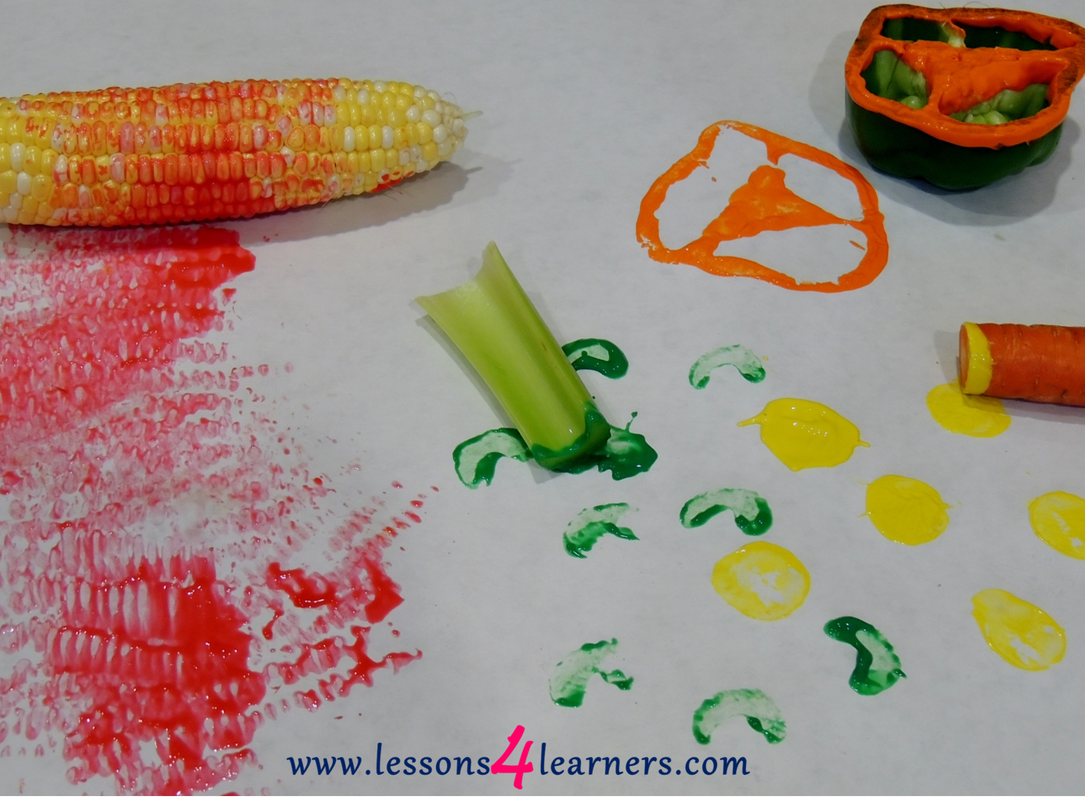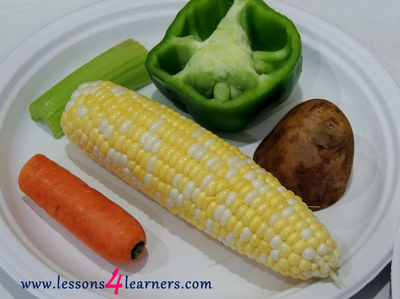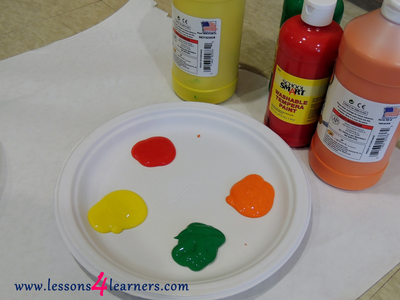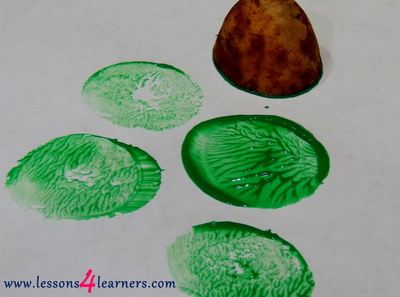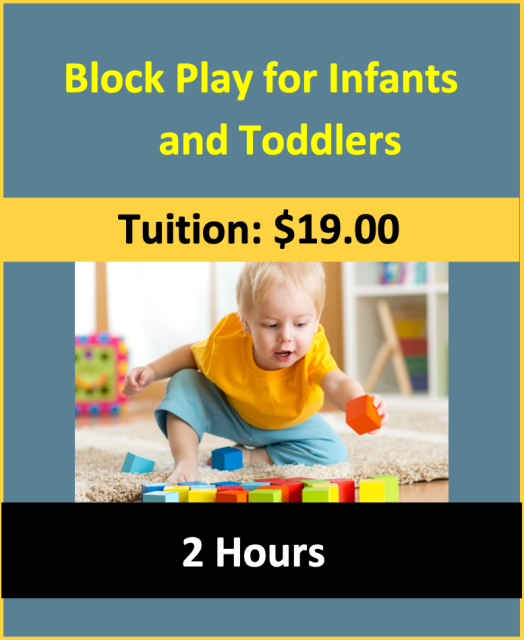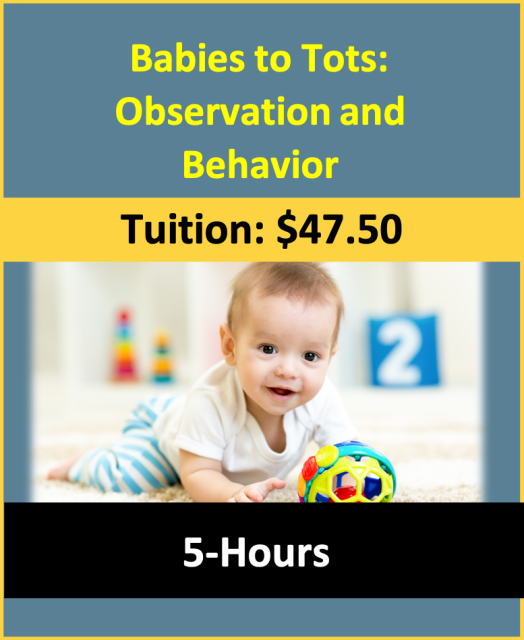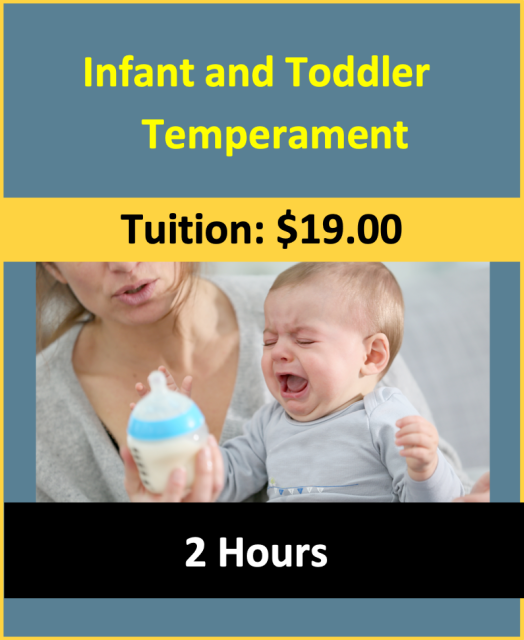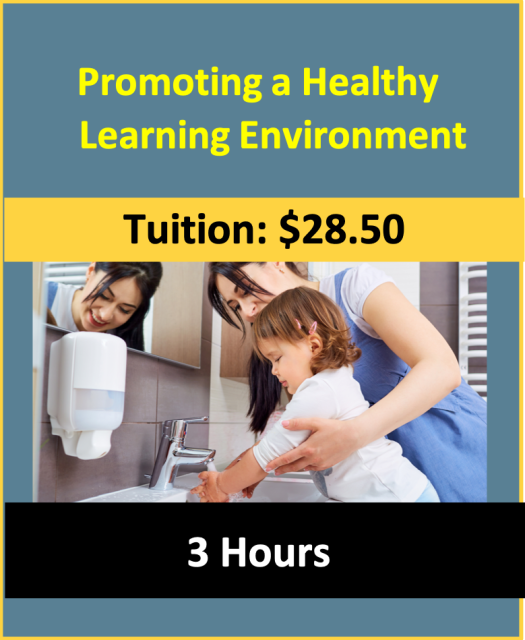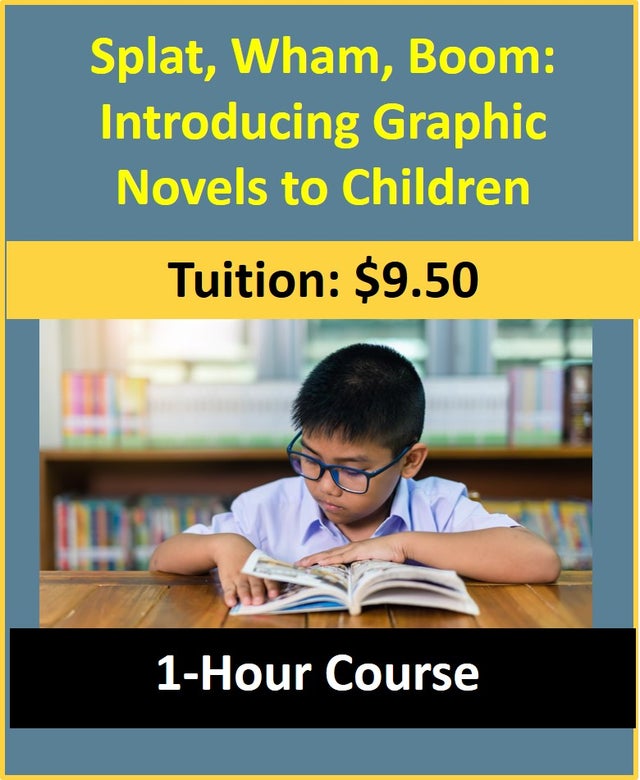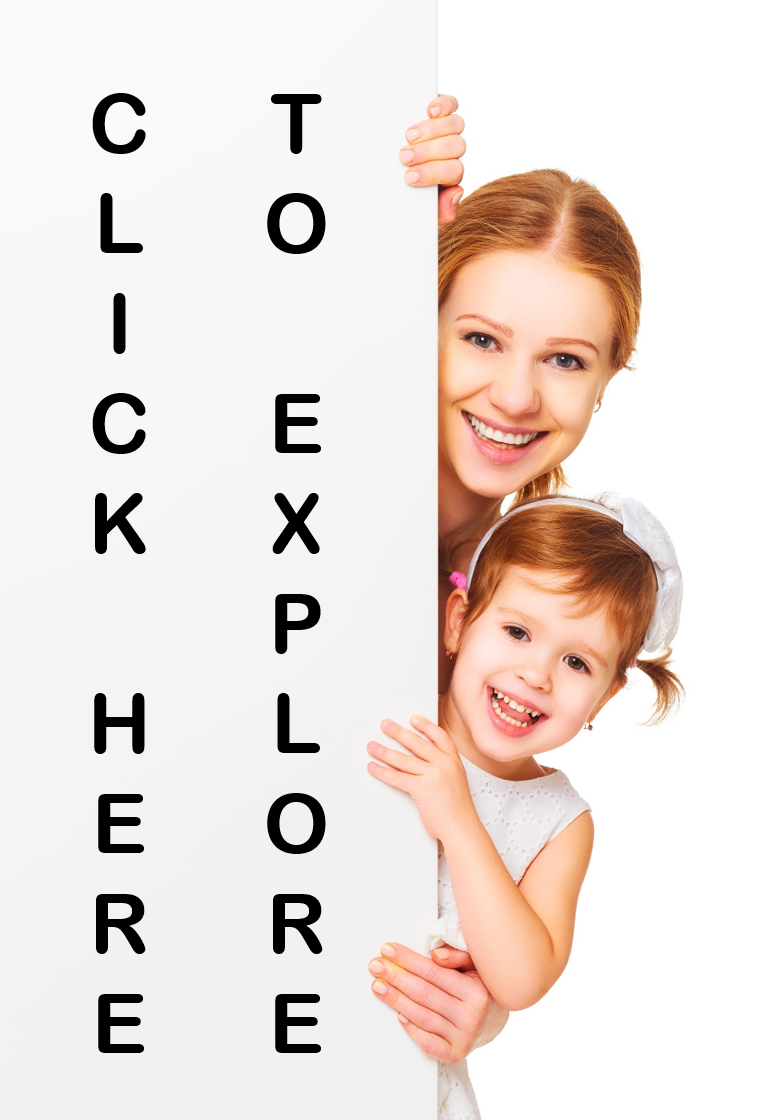Vegetable Stamping
Lesson Plan:
|
Activity:
Vegetable Stamping
Lesson plan developed by Ms. Erika Geelhoed, BA Ed
Age Group:
* Lesson plan objective and assessment can be adapted to use this activity with toddlers or preschoolers.
Objectives:
Child will:
|
|
II.7.4b
Materials:
|
Procedure:
Prepare for lesson by setting up the stamping station in an appropriate area. You can put a shower curtain underneath to prevent any paint from getting on the floor if you would like. Cut the vegetables into small enough pieces that the child can grab with one hand. Put all the materials in the area and invite the child to stamp with you. Show them how to use the vegetable as a tool to transfer the paint. Be sure to introduce new vocabulary, including the names of all the different vegetables during this time. When child is finished, allow the paint to dry. Hang their stamp art on the boards in your classroom for everyone to see.
Assessment:
- During the activity, observe and record the child’s gross and fine motor skills. Were they able to control the vegetable enough to use it as a stamp? What colors of paint did they choose to use? Put these anecdotal notes along with pictures in the child’s portfolio for future reference.
Note: Please provide appropriate supervision to the children in your care when completing all activities. You will need to decide what types of activities are safe for the children in your care. Appropriate and reasonable caution should be used when providing art and sensory experiences for children. Infants require special caution, only use non-toxic materials, and do not allow infants to put things in their mouths that are a choking hazard.
Click on the course icon for enrollment information.
Sensory Alternatives for Textures
Even before children can speak, they are developing an understanding of things in their environment by actively exploring them with all their senses. As they become more verbal, they are able to describe similarities and differences in what they see, hear, taste, touch, and smell. For example, each time a child explores sand, he is confirming his previous explorations and discoveries that sand is dry, gritty, and so forth, and he will eventually notice other materials that share those same characteristics. As they directly experience things themselves, children explore and communicate preferences, making sense of the world around them. For instance, they discover that they enjoy the feel of dry sand or that they have an aversion to slimy things. When caregivers acknowledge and accept their preferences, children learn that their feelings and decisions are valid.
|
It’s very common for young children to display an aversion to one texture or another, either due to discomfort or lack of exposure to the material in a comfortable setting. Here are some alternatives to consider for supporting children who are uncomfortable with the texture or consistency of a material:
|
Resealable plastic bags:
It can be particularly helpful to place messy, sticky, or gooey substances in resealable bags if infants and toddlers are not yet comfortable with or able to choose whether or not to touch the material with their hands or feet.
Tools for manipulating sensory material:
Providing tools is a very nonthreatening way to allow children to explore a texture they are not yet comfortable touching directly. Tools you might include are brushes, scoops, funnels, sponges, whisks, and cups.
It can be particularly helpful to place messy, sticky, or gooey substances in resealable bags if infants and toddlers are not yet comfortable with or able to choose whether or not to touch the material with their hands or feet.
Tools for manipulating sensory material:
Providing tools is a very nonthreatening way to allow children to explore a texture they are not yet comfortable touching directly. Tools you might include are brushes, scoops, funnels, sponges, whisks, and cups.
